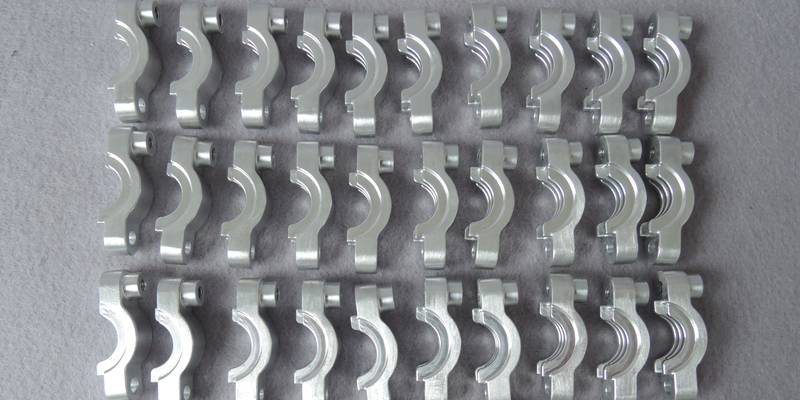- April 7, 2023
Low-volume or small-batch CNC machining involves manufacturing products or parts in small quantities, usually between 10-1000 pieces. It is one mechanism that helps manufacturers cut down on production costs. Asides from reducing cost, producing on a small scale also makes it easy to change designs without incurring a loss.
In this article, we’d examine low-volume CNC machining in detail, its benefits, and ways to maximize budget when designing for low-volume CNC machining. Keep reading as we provide you with this great information.
Low Volume CNC Machining Explained
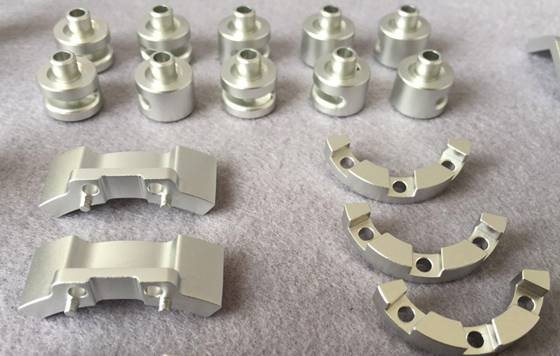
Low-volume CNC machining combines the benefits of computer numerical control with CNC principles to produce a small number of pieces. Not all businesses need huge batches of products; some need small batches.
Additionally, Low-volume machined products are cost-effective without requiring costly tooling. It’s perfect for advancing an idea from the conceptual stage through prototyping and then serving as a transitional stage to full-scale production.
Advantages of Using Low-Volume CNC
Businesses leverage low-volume CNC for many beneficial reasons, ranging from low cost to capital protection. Let’s discuss the advantages of low-volume CNC in more detail.
1. Improves Manufacturing Flexibility
Low-volume CNC machining allows for greater design flexibility compared to injection molding or die casting. It becomes easier to identify manufacturing mistakes and make necessary adjustments at a minimal cost. Having manufactured low-volume products, companies or businesses that employ low-volume CNC can take customer feedback and improve their products for optimal client satisfaction.
2. Reduces Time To Market
Technology, trends, and consumer preferences change daily, leading to stiff competition among businesses in the same industry. Using low-volume production is one way to ensure that high-quality products and parts reach the market in the shortest time possible.
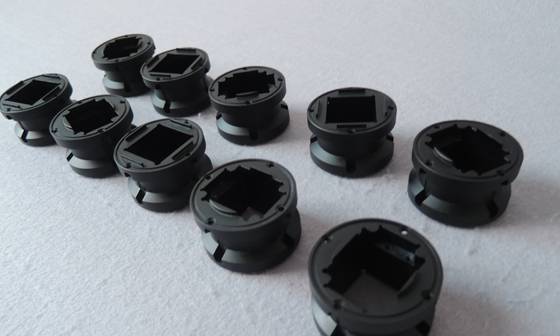
3. Improves Business Cash Flow
It also increases cash flow between customers and businesses since low-volume CNC machining reduces time to market. It also increases the business turnover rate, as products arrive on the market in short and drive sales, so businesses generate their revenue and profit quickly.
4. Serves as a Link in the Production Chain
Low-volume CNC machining production is a link or bridge between prototyping and full-scale production of goods. Prototyping involves producing custom goods, and full-scale production happens when there is high demand.
5. High Quality Parts
Low-volume CNC produces high-quality parts with tight tolerances and excellent surface finishes. This is because CNC machines are highly precise and can produce parts to exact specifications.
Ways to Maximize Budget When Designing Low-Volume CNC Parts
Here are some design tips to help you minimize the budget and time spent on low-volume CNC machined parts.
1. Use Simple and Standard Designs
When designing low-volume CNC machined parts, endeavor to keep them simple and uniform. However, manufacturing complex designs often requires a more expensive CNC system, manual repositioning, and rotation. Hence, it could be advantageous to divide a complicated piece into smaller parts for assembly later.
Here are things you want to consider:
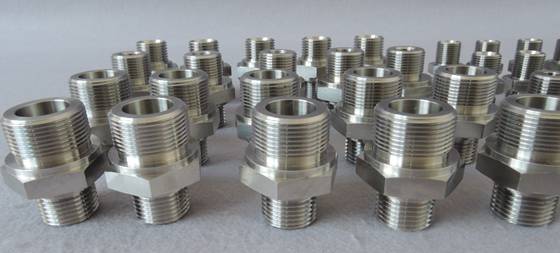
1.1 Go with Standard Threads
Just like standard drill sizes, using standard threads can save you time and money when machining for low-volume production. This entails leveraging an existing thread class rather than constructing a unique thread during low-volume CNC machining.
1.2 Avoid Tight Tolerances
Tolerances, especially tight ones, can increase setup time. Aside from set-up time, they also increase inspection and low-volume CNC machining time and the need for specialized production techniques or secondary operations. Because of this, it is best to ensure tolerances are only as tight as necessary to meet the design’s structural and functional requirements.
1.3 Use Standard Sizes When Designing Holes
The metal chip evacuation operation becomes more difficult and expensive as the hole gets deeper, so try to keep the hole depth five to six times the drill diameter. Moreover, be careful to design your holes using common drill sizes. Otherwise, you would need to buy a unique tool, which might increase prices and manufacturing time.
2. Choose the Correct Material For Low-Volume Parts Production
Project costs might skyrocket with the wrong materials, making material selection crucial in both long and short production runs. Also, machinability is a factor to consider, as even when different materials are, there is a good possibility that one will cost more than the other.
In other words, when you choose a CNC machine shop, pick a less expensive and/or more common substance if you don’t need the qualities of costly and unique material.
3. Take into Consideration the Finishing and Text to Use
It is best to avoid elaborate finishing and text when designing low-volume CNC machining parts. While the machined text has a nice visual and can be operationally beneficial, the technique increases the time and cost of low-volume production for each character due to the technique required to track each character.
If your low-volume machined parts need a logo or some lettering consider using a surface finishing technique, as it helps save money and time. For instance, adding text to your product is quicker with direct engraving by using laser marking, painting, or silk screening.
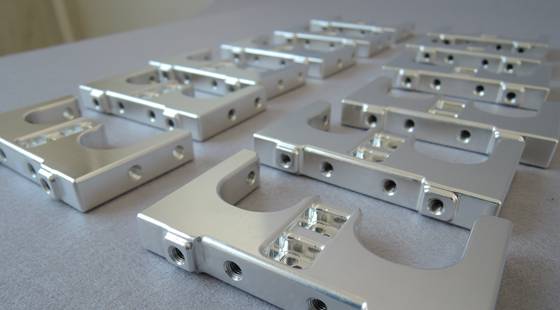
4. DFM (Design for Manufacturing)
Designing for manufacture entails creating pieces that are simple to machine. Furthermore, it’s crucial to consider the machining equipment’s capabilities when planning for low-volume machining. Also, create parts that can be produced with the tools at hand. In other words, if you have a 3-axis CNC machine, do not manufacture products using only 5-axis CNC machining.
5. Reduce Waste
Waste reduction is crucial for cutting down CNC machining costs and environmental reasons. It’s crucial to consider material usage and create pieces that produce the least waste while designing for machining or low-volume injection molding. To reduce material waste, this can be done by requesting the use of recycled materials.
Choose Wayken for Your Low Volume CNC Machining
Are you looking for a low-volume CNC machining company that will take on your small-batch production projects? Wayken is a reliable and trusted CNC manufacturer for your low-volume production.
With top-notch machining centers and experts, our on-demand manufacturing services include CNC milling, turning, 3d printing, sheet metal fabrication, and injection molding. Contact us today so we bring your low-volume projects to reality.
Conclusion
Low-volume manufacturing is the practice of producing a small quantity of a product or part. Everything above highlights what you need to know about this CNC machining production practice. We also examined the ways to maximize budget when designing for low-volume CNC machining to help you make informed decisions.
FAQs
What are low-volume manufacturing methods?
Before high-scale production or if there is little demand, businesses test their items in the market using a low-volume technique. Examples of low-volume choices are 3D printing, CNC machining, and injection molding. Each low-volume production technique has benefits and drawbacks and works best in certain applications.
Is CNC good for mass production?
Several industries utilize CNC machining because it produces goods with high precision and accuracy, lowering the likelihood of human error. This method is fundamental to the production process in industries where mass output, cost-effectiveness, and accuracy are crucial.
Is additive manufacturing a better alternative to low-volume production?
Generally, additive manufacturing is preferable for projects requiring quick delivery of final parts or prototypes and projects with lax tolerance requirements. Contrarily, CNC machining is better suited for projects that require tight tolerances or a low-volume approach with part counts in the upper double digits or low thousands.

